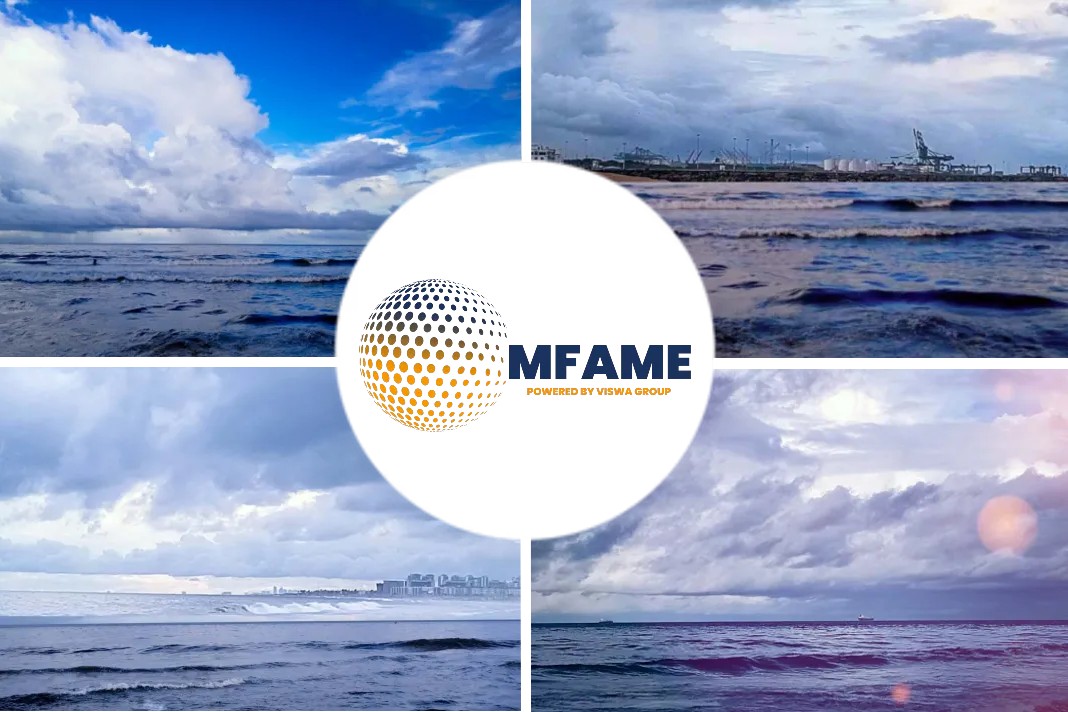Shipping can cause deaths when people make oversights in container packing.
Dangerous situations can arise because of the weight of cargo and the way in which goods are packed.
If shippers incorrectly follow procedures, they can compromise the integrity of hazardous shipments and cause havoc in a port or on a ship.
The statistics below come from a new technical paper ‘The VGM Ruling: A Review of the Implementation’ from global shipping insurer TT Club, which has explained the impact important international regulations have had since coming into force over a year ago.
Many experts have doubts about whether the legislation is receiving proper attention from the relevant authorities.
So, it is up to supply chain industry professionals to keep the statistics from TT Club at the forefront of their minds and follow the right practices.
Dangerous goods make up around 10% of all containerized shipments worldwide
Due to heightened risk, dangerous goods are a key focus within cargo integrity.
The varied aspects of cargo integrity are all important in not only safeguarding the cargo itself but also the well-being of those handling the goods at warehouses, during inland transport, at ports and of course at sea.
Poor and incorrect packing of transport units contribute to some 65% of cargo damage claims
TT Club has repeatedly publicised these findings as many claims have involved injuries, fatalities, as well as damage to other property.
Developments in container scanning and data analytics through digitization offer increasingly realistic opportunities to ensure that a safe trader will be approved and the activities of dangerous one will be exposed.
Dangerous goods have caused 30% of shipping incidents
TT Club has said that all stakeholders need to work together to safeguard people, cargo, assets, infrastructure, and the environment from the inherent risk of chemicals and other hazardous cargoes.
The insurer has found that unstable loads can cause traffic accidents or injuries when unpacking, while wrongly-declared dangerous can goods cause fires at warehouse facilities and at sea.
Feedback from World Shipping Council members has shown that 95% of shipments had a verified gross mass (VGM) value
On July 1, 2016, the Safety of Life at Sea (SOLAS) VGM regulation made completing one of two weighing processes mandatory in order to load packed containers on board a ship.
TT Club has claimed that there are still improvements that can be made.
But gathering definitive information from around the globe about the scale of its implementation has so far proven impossible.
Did you subscribe for our daily newsletter?
It’s Free! Click here to Subscribe!
Source: Port Technology International

















